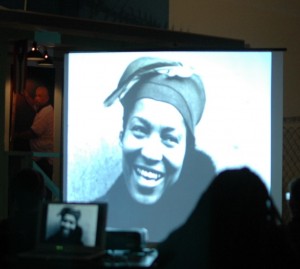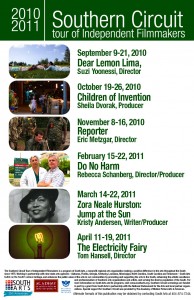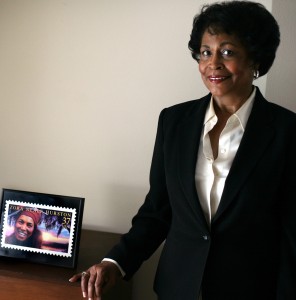The Walking Dead and real Zombies
The Walking Dead is a smash television  hit this season: an apocalyptic event has created flesh-eating zombies with rotting brains. Drooling, stumbling, mumbling monsters, out to eat the flesh of anyone they encounter.
hit this season: an apocalyptic event has created flesh-eating zombies with rotting brains. Drooling, stumbling, mumbling monsters, out to eat the flesh of anyone they encounter.
Zombification is real, although in no way resembling the zombies in The Walking Dead.
Once Haiti’s answer to capital punishment, zombies lived in a hell on earth. As Zora wrote in her 1938 book Tell My Horse (titled Voodoo Gods in the British edition), evil bocoor administered a drug that induced a state of “suspended animation”. The victim has no life functions, not even a pulse, appearing to be dead.
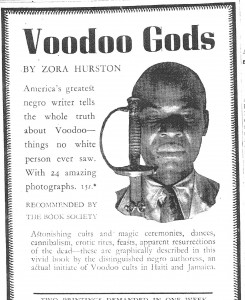 Zombification was documented in Wade Davis’ book The Serpent and the Rainbow with many case histories, especially in Japan where blow-fish is common food fare. It contains the poison that creates zombification. People on gurneys in morgues appeared dead but later came back to life. Once they were conscious, they said they could hear but could not move, and would listen as people described or discussed them as they were presumed dead.
Zombification was documented in Wade Davis’ book The Serpent and the Rainbow with many case histories, especially in Japan where blow-fish is common food fare. It contains the poison that creates zombification. People on gurneys in morgues appeared dead but later came back to life. Once they were conscious, they said they could hear but could not move, and would listen as people described or discussed them as they were presumed dead.
The question of whom to zombify corresponded with the need for workers to pick crops in the fields (the zombies were carted away across the miles and were often brain-damaged by the drugs). Zombification is unheard of in today’s Haiti. And in recent months, the country has had to endure other more horrific tragedies, with earthquakes, hurricanes, and cholera.
Zora’s book, Tell My Horse, about religion and culture in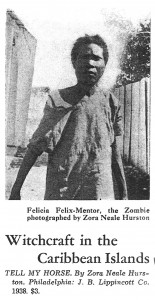 Jamaica and Haiti, was released in 1939. Before its release, Zora published her photo of a zombie in LIFE magazine. The woman had been zombified through a drug slipped to her. She had appeared years after her documented death, and was confirmed to be the same person who had previously been buried after a sudden unexplained death.
Jamaica and Haiti, was released in 1939. Before its release, Zora published her photo of a zombie in LIFE magazine. The woman had been zombified through a drug slipped to her. She had appeared years after her documented death, and was confirmed to be the same person who had previously been buried after a sudden unexplained death.
In Haiti when a victim was presumed to have been poisoned for zombification because of a sudden unexplained death, his or her relatives would drive a stake through the heart so the bodies could not be dug up.

